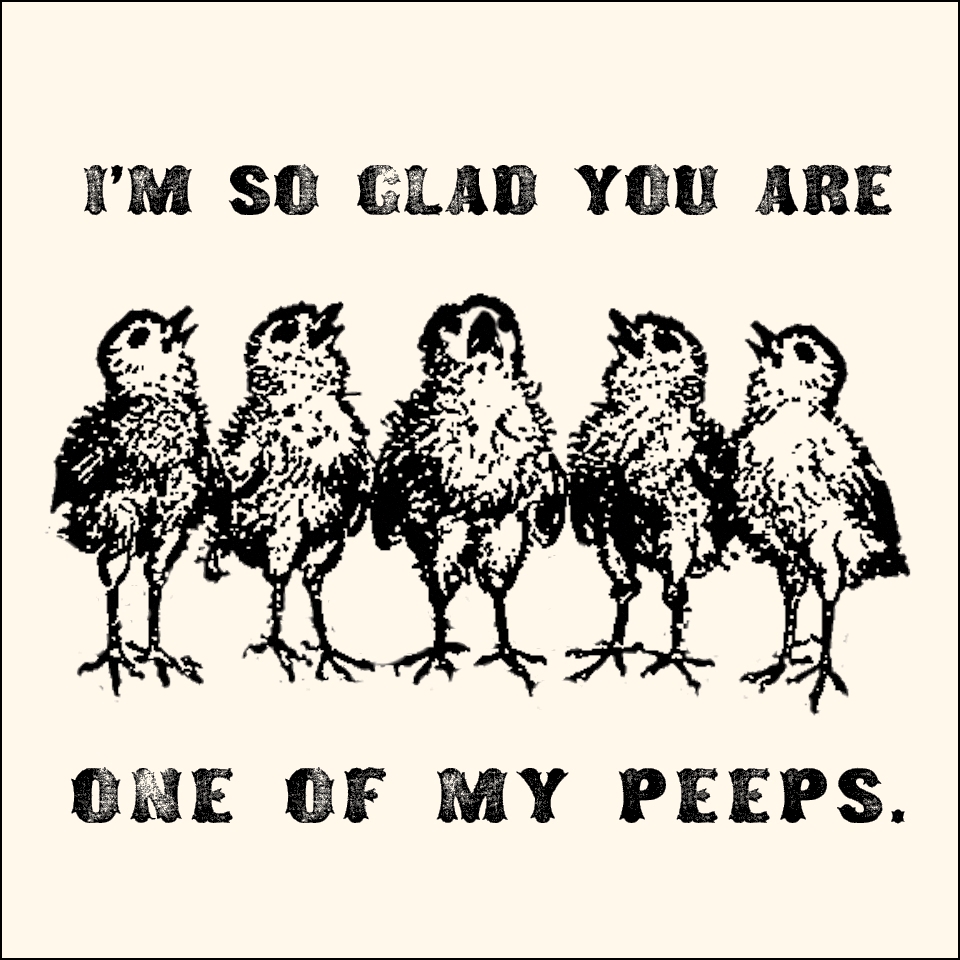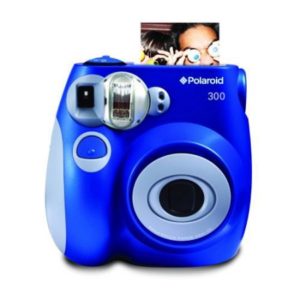When we hear the phrase “Let’s make America Great Again”, some of us feel pumped with optimism of what is about to come while others, like me, shiver in the face of what it will become.
No matter where you stand in this picture, if we agree or not, we must all agree that the phrase in itself is extremely appealing. Brings a sense of nostalgia when we want the comfort from the past. We all do because we all live in a moment where there are too many options of everything, change is scary to the brain and although we want change, we still don’t like it. When we go back to the past, we feel safe because we know how to navigate it, we find comfort.
I wrote another post just about this nostalgia trend but in this post I’d like to show you another layer, yet a bigger trend that’s happening.
Small is the new great!
We all want small now. As people we are shrinking our networks, we are shrinking our channels. Think about how you get your news today, how many TV channels do you watch – if you still do it at all ( I watch the news, other than that, it is Netflix most of the time). How many people do you talk to in one day? How many sites other than Facebook and Amazon have you visited in the last week?
Now, I could write a whole article about the dark side of having a small funnel of information that will cause more divisiveness, cultural ignorance, me vs you mentality, and less acceptance of diversity, but I’ll focus on the bigger trend and its impact in your business.
We don’t trust big anymore. Since the great recession we have learned that big does not mean better and that it cannot be trusted.
How does this translate to your business? Look at companies like Coke struggling to stay relevant while artisanal beverages of all types rise to the top. We want real, local, small. We find comfort in real, local, small.
There is a huge revival of handmade, driven by Millennials. Their love for unique and hand-crafted. Because the noise is too big in digital, because we all become just an avatar, because taking 10 minutes to get the perfect selfie is still meaningless at the end and it is digital, and intangible. We value what hands can make. Look at all the maker spaces and creator spaces popping everywhere. Look at businesses like my other business Curious Mondo. When classes are about making us reach 27 countries and a lot of engagement. Look at businesses like Painting With a Twist, Plantnite, etc where the core is to make something while interacting with strangers. Real people in front of you (topic of my next article).
When you look at companies like Etsy – where global artisans sell their goods – they went from $175,000 in sales in 2006 to $2.4 billion in 2015
20% of all Kickstarter campaigns are in the artisanal category that have raised over $100 million in funding.
When you look at restaurants, what is working? Local, farm to table, small-batch.
How can you benefit from this trend? In order to gain consumers trust, brands need to seem smaller. Their story, about us page, customer service, the things they do to promote themselves need to have SMALL in mind.
Need to be relevant to smaller, more specific groups. Do you participate in Facebook groups? You will see that the ones focusing on very specific topics have tremendous engagement. Do you have a group on Facebook? Can you highlight local? Can you get people together to make something?

About Shahar
Shahar is a neuromarketer fascinated with trends and how brands can benefit from them. With her daughter Nashlah they run BuzzBooster marketing that provides consulting for small businesses. They also run Curious Mondo that provides an innovative way in adult learning.








